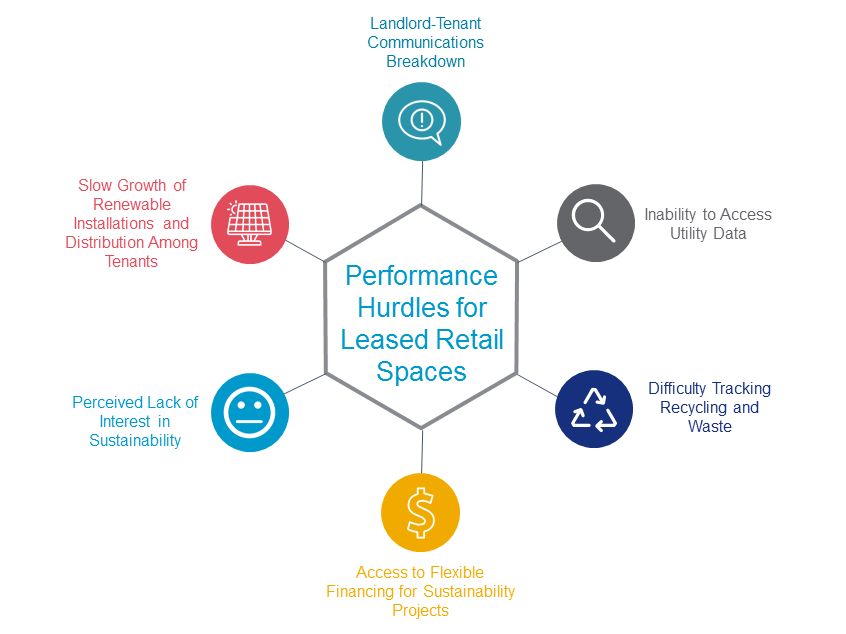Want to Go Resource Positive? For Leased Retail Space, Here’s One Business Tool You Must Improve
Date Published:
February 3, 2020
On January 21, Starbucks made waves in announcing its intention to become resource positive. As a major retailer across the country, this will inevitably mean tackling performance in a wide range of leased retail space. So where should the java giant focus? Its first stop should be to communicate these goals and forge collaborative relationships with various partners. As Starbucks innovates to develop more eco-friendly stores and operations, this will require examining its landlord-tenant relationships and contracts across the company’s leased space portfolio.
Specifically, there are six main hurdles Starbucks should examine and overcome to boost performance across venues. Here’s the thing for everyone else, though: Whether you’re a brand behemoth or smaller local-based retailer, if you’re a landlord or a tenant in leased retail space, you’ve probably encountered these hurdles when working to implement energy efficiency and sustainability projects.

How we do we know this? You told us. Working with the Retail Industry Leaders Association (RILA), the International Council of Shopping Centers (ICSC), and Connex (formerly PRSM), IMT spoke with property owners, facility managers, and energy and sustainability professionals representing 34 companies across the country. Our goal was to not only identify the most common hurdles landlords and tenants encounter in trying to boost building performance in leased retail spaces, but to also figure out how to overcome them.
The quick answer of what to do about these top hurdles is this: More efficient, sustainable, and healthy retail spaces are possible through improved landlord-tenant collaboration and smarter leasing practices.
For the how, what, and where of it all, we’ve released a deeper dive in our new tool, “Overcoming the Six Biggest Hurdles to Better Energy and Sustainability Performance in Leased Retail Spaces.” Change starts at the lease with both sides working together, utilizing the agreement to establish parameters upfront on how to equitably partner to improve and track performance in stores. From day one, both tenants and landlords have the chance to integrate a smart communication strategy that aligns both parties and provides a clear pathway to achieve positive win-win business and environmental outcomes throughout the length of the lease. We hope that you will use this resource to outline your preferred forms of communications while creating spaces that are efficient, healthy, comfortable, and are of benefit to communities as well as the bottom line. We’d love to hear your feedback, too. Drop us a line at energypartnership@imt.org.
Categories:
Benefits, Lease Clause, Lease Negotiations, Performance-Based Leasing, Tenant Fit-Out, Tenant Operations, Retail, Tenant
